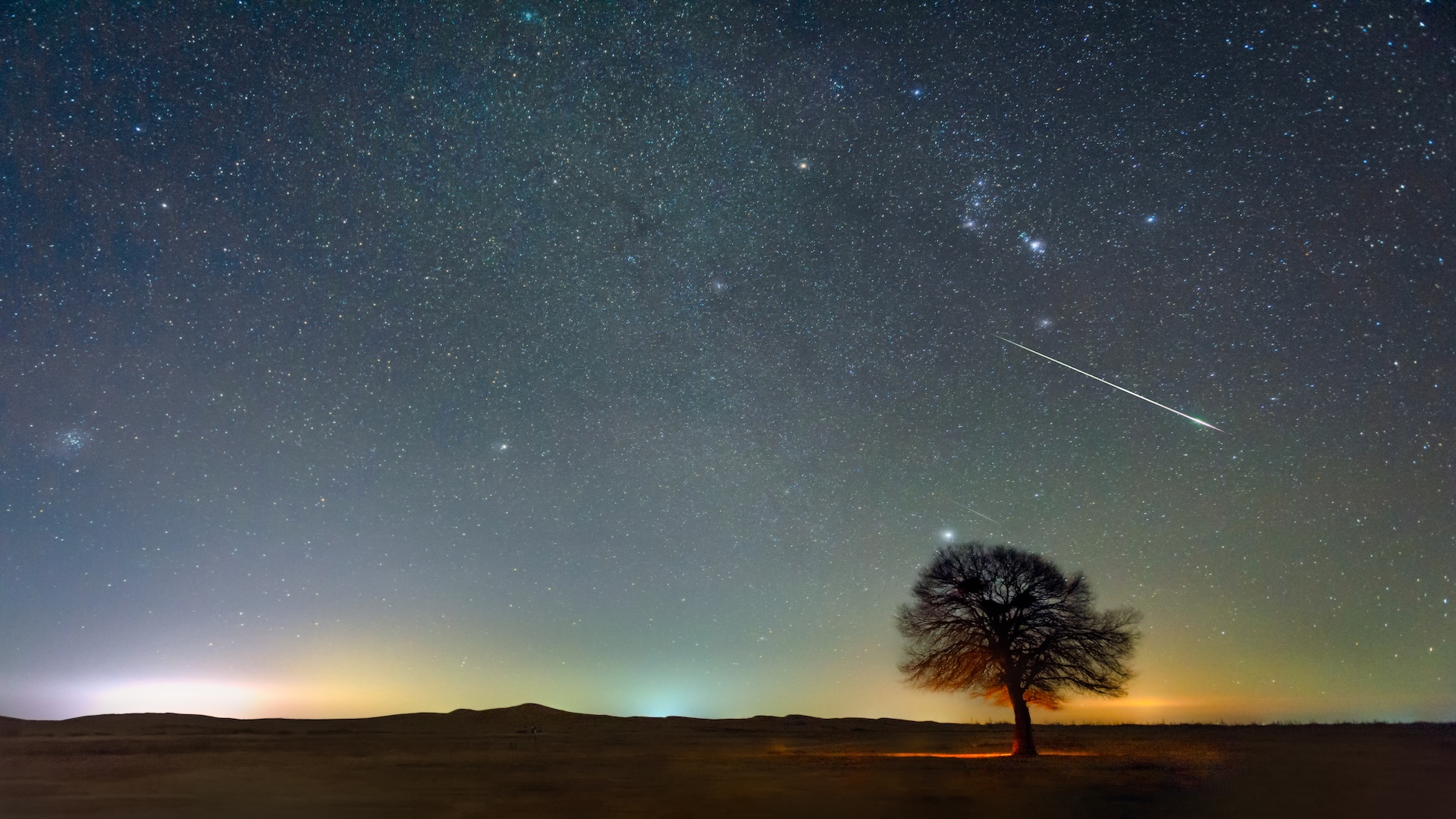Image Gallery: Best of Bears
Sloth Bear
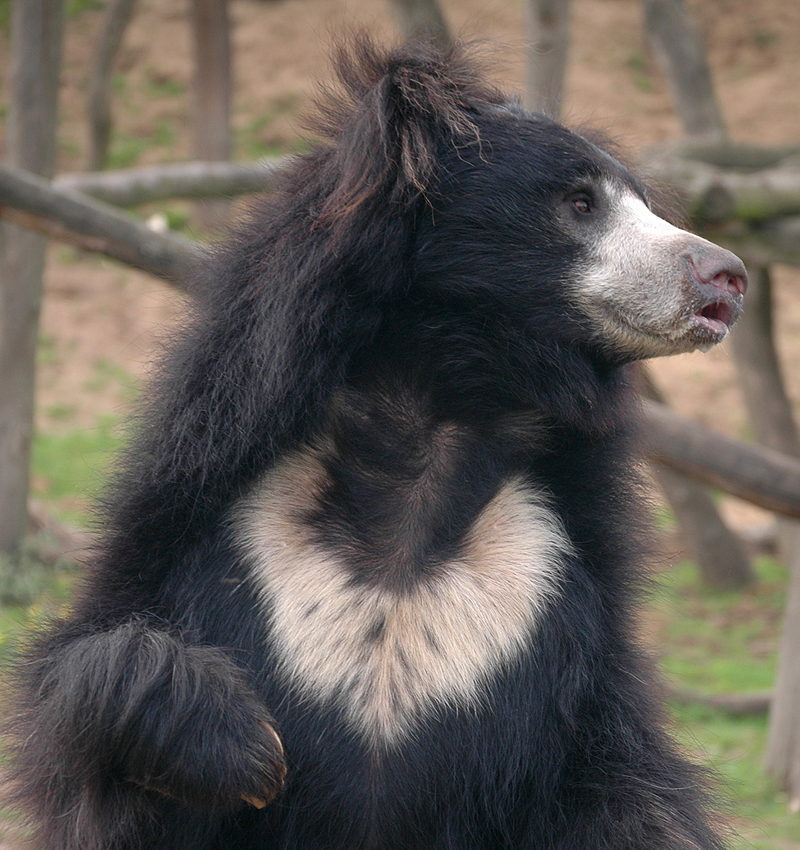
The sloth bear (melursus ursinus) has a light yellow U or Y-shaped marking on its chest and a dark coat that is shaggier than most of the other bear species. Not to be confused with a sloth, the sloth bear is a docile animal that reside in warm, humid tropical wooded areas or in grasslands near the equator. They primarily live in Southeast Asia, in the forests of Sri Lanka and India.
Giant Panda
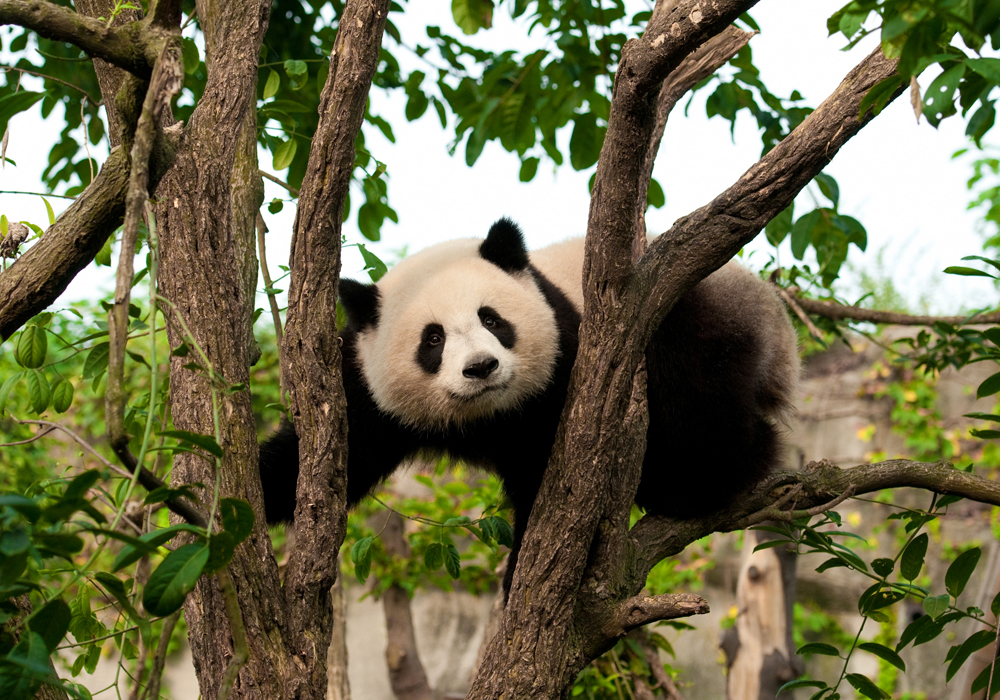
The giant panda's scientific name, Ailuropoda melanoleuca, means "black and white cat-footed animal." Currently, pandas can be found in six isolated forest areas located in the Sichuan, Gansu, and Shaanxi provinces of China. They are about the same size as the American black bear and are most active at night. Pandas are excellent tree-climbers and eat a diet that mostly consists of bamboo leaves.
Panda Paparazzi
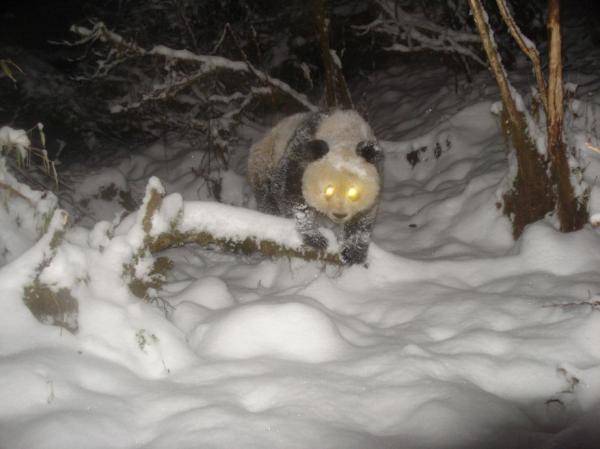
A giant panda got the photoflash treatment when it was snapped by a camera trap set up in a panda reserve in China. The giant panda is the rarest member of the bear family.
Faux Bear: Red Panda
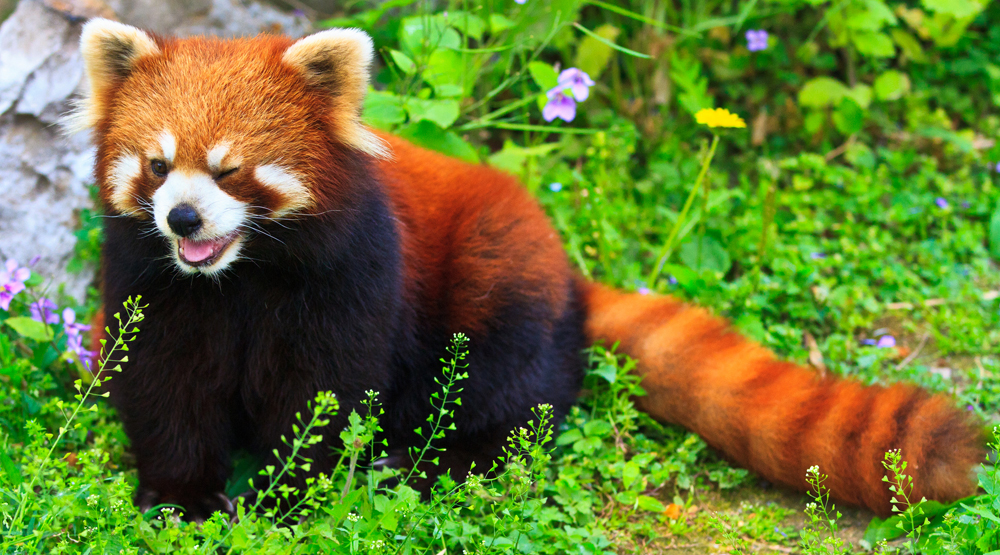
The adorable red panda (Ailurus fulgens), which looks like a cross between a black bear cub, a racoon, and a fox, isn't actually a panda — or a bear. The small mammal is native to the eastern Himalayas and southwestern China, and was previously classified in the raccoon (Procyonidae) and bear (Ursidae) families. It now holds a special spot as the only member of the genus Ailurus.
Red Panda Cub
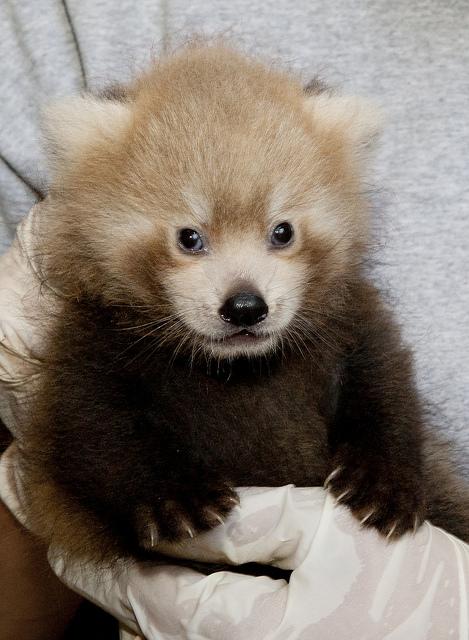
Only slightly larger than a domestic cat, the Red Panda has an endearing waddling gait due to its shorter front legs. Like the giant panda, red pandas mostly feed on bamboo, but also eat other plants, including acorns and mushrooms.
Spectacled Bear
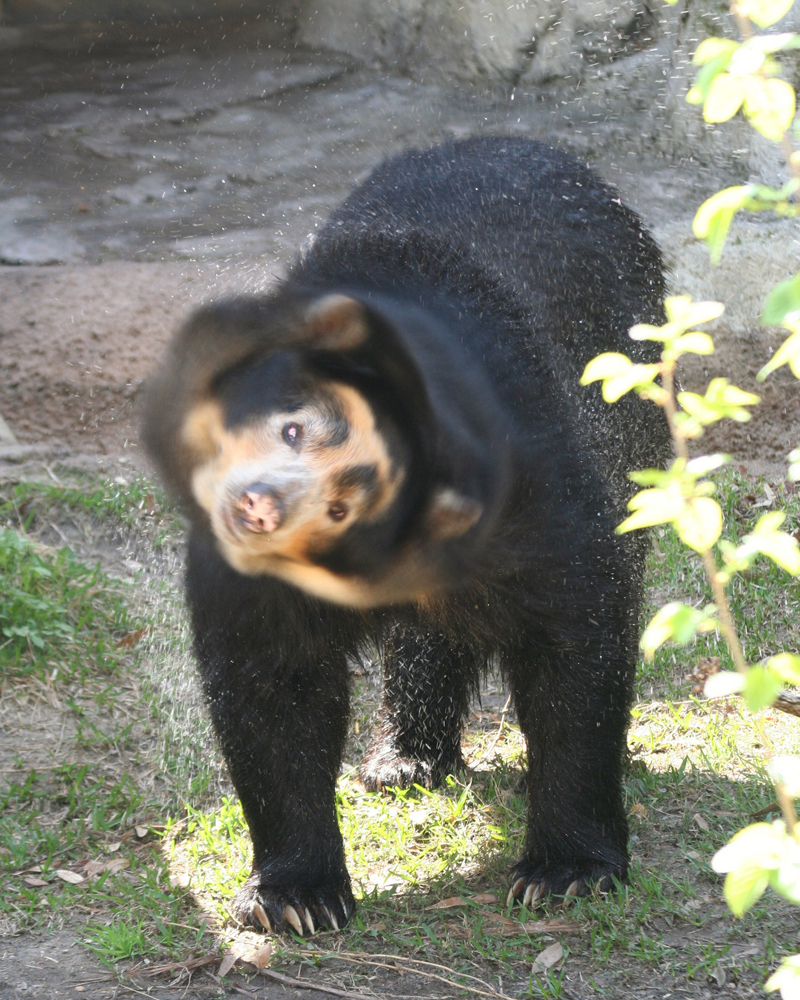
The spectacled bear (tremarctos ornatus) gets its name from the white markings around its eyes, which resemble glasses. Also known as the Andean bear, it is the only species that lives in South America, where they are distributed throughout the Andes in Venezuela, Columbia, and the coastal foothills of Ecuador, Peru and Bolivia. Their long claws allow them to climb trees, where they often spend their days sleeping away in tree nests that they constructed.
Get the world’s most fascinating discoveries delivered straight to your inbox.


